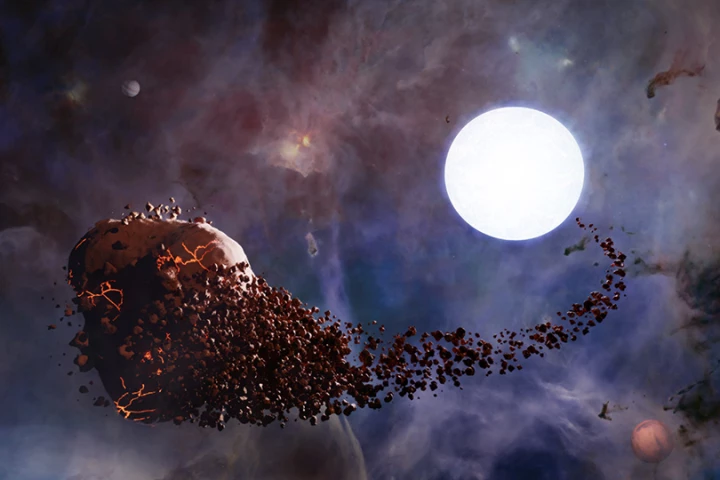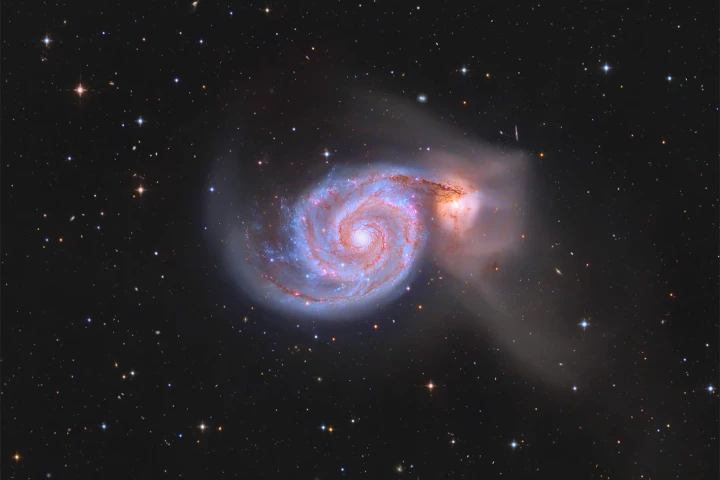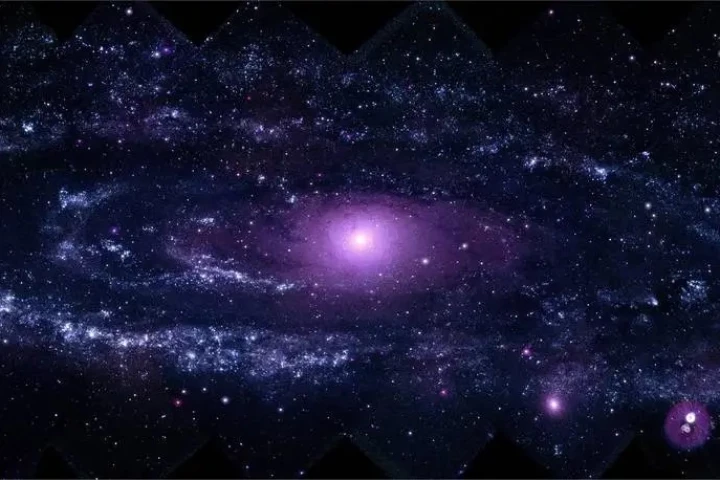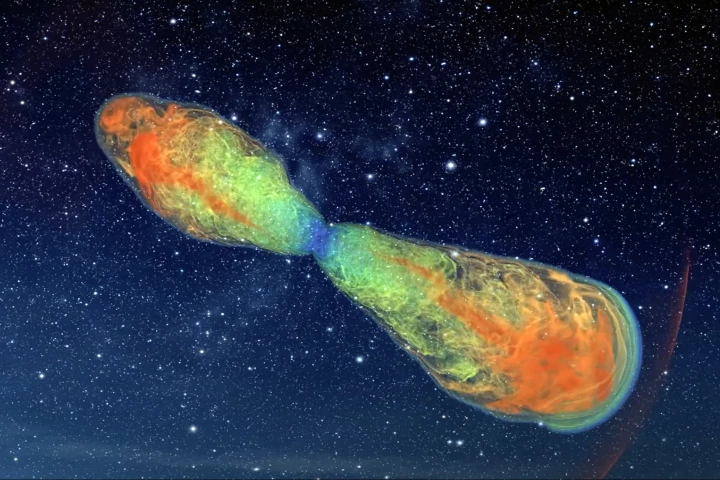Supernova
-
Astronomers have detected mysterious X-ray signals coming from a nearby white dwarf star for more than 40 years. We may now know where they’re coming from – the death throes of a planet being torn to shreds and raining down on the star.
-
Astrophysicists have done a bit of crime scene investigation. They’ve traced radioactive elements on the seafloor back to the cosmic explosions they might have come from – and potentially linked the event to evolutionary changes in viruses in Africa.
-
Few photography subjects offer the breadth of beauty as astronomy, and the Royal Observatory Greenwich’s annual Astronomy Photographer of the Year awards celebrate that. The winners for 2024 have now been crowned, including breathtaking cosmic shots.
-
The youngest neutron star detected so far turned 37 years old last week. To celebrate, James Webb Space Telescope has finally found the most direct evidence of it, hiding among the remains of the supernova cloud it was born in.
-
NASA has officially selected a new mission – the Ultraviolet Explorer, or UVEX. By scanning the skies in UV light, it will be able to study the hottest objects and fleeting events like supernovae, and create a detailed new map of the cosmos.
-
As spooky season wraps, NASA has a final Halloween treat. Using two X-ray telescopes, astronomers have visualized the ‘bones’ in one of space's most haunting phenomena, the pulsar wind nebula MSH 15-52, also known as the ‘cosmic hand' or 'hand of God'.
-
It feels like every time astronomers get a handle on a cosmic phenomenon, a new one pops up that sends them back to the drawing board. Case in point – Hubble has spotted a burst of light in a region of space where there didn’t seem to be a trigger.
-
Radioactive isotopes found in meteorites suggest a supernova went off right near the Sun as it was forming – but that should have blasted the young solar system away. So how did we survive? A new study proposes an explanation.
-
Until now, our only source of gravitational waves has been binary star systems. Researchers from Northwestern University have potentially discovered a new non-binary source of gravitational waves: the debris ‘cocoon’ that forms around a dying massive star.
-
The James Webb Space Telescope has provided the most detailed look yet at the supernova remnant Cassiopeia A (Cas A). According to one astronomer, the data provided by the imaging is enough for him to study for the rest of his career.
-
NASA has confirmed that our solar system was struck by a gamma-ray burst originating 1.9 billion light-years away that was brighter than any since the beginning of human civilization in a "1 in 10,000 year" event that blinded space satellite sensors.
-
Models of the universe predict that supernova remnants should be far more common than they are. Now, a new image from sensitive radio telescopes reveal that the missing remnants are hiding in plain sight.
Load More











